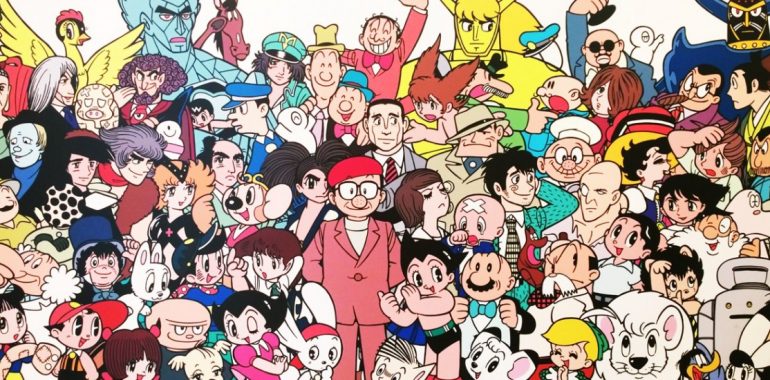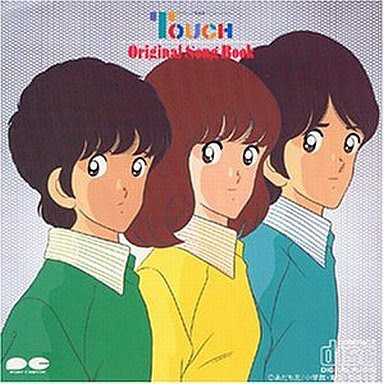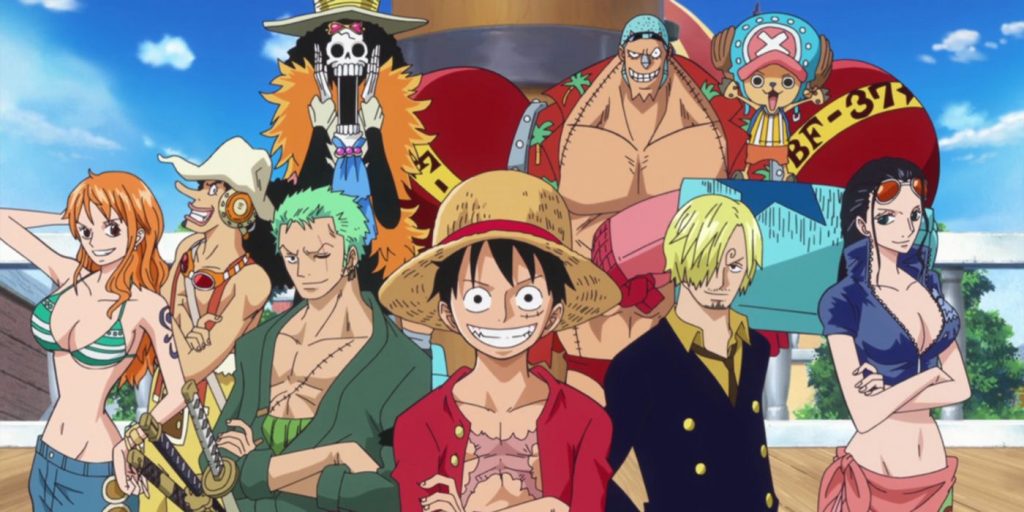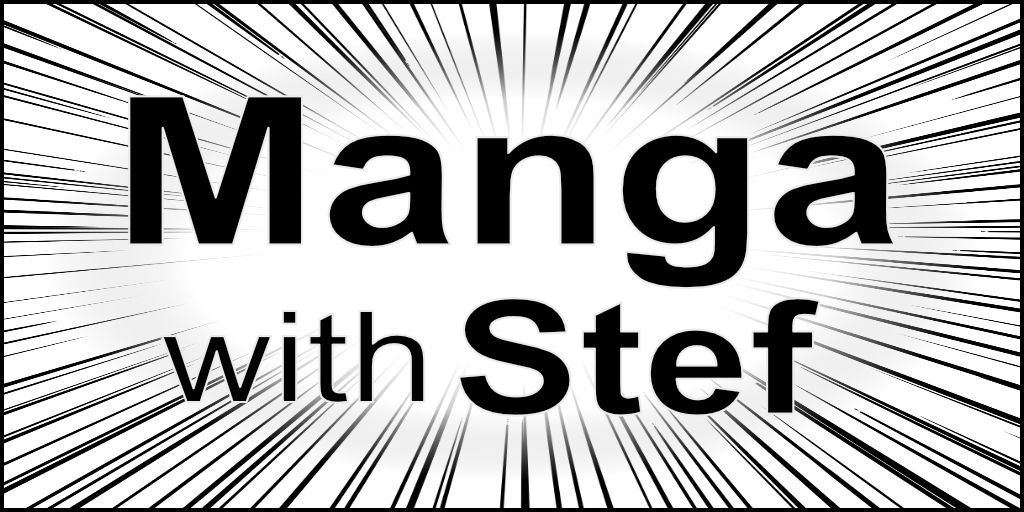Introduction to Manga Character Design

Introduction to Manga Character Design
Character design for a manga consists in both defining the look and the personality of your characters. It is essential if you want your characters to be liked, or disliked, by your readers and your manga story to be a success.
After the study of how to create a personality for your characters, this second article on the topic will present the design of the characters’ visuals.
Character design research
The character design research is the phase where the manga artists tests different character designs to find out which one is the best match for a manga story.
The artist will test different set of body features, clothing and accessories, study poses and emotions… This up to the moment the impression rendered by the character visual corresponds to the character as defined in the story.
This process shall also properly balance the standards of the manga genre to match the reader’s expectations, the style of the story (steam punk, gothic…), and the style of the artist himself.
Character design components
In my previous article, I indicated how to design a character’s body and mind. Based on that information, you can now define the following visual components or your characters.
Features
Features are the element that make a character recognisable among others. This is basically the type of being, the shape and size of the character’s body and body parts, and the features of his head(s).
First, a character can be a human, or something else, like an elf, a bird, a robot… This element will broadly define the shape and features of the character.
Then, this character can be small, tall, or have standard height. And he/she/it can be bulky, muscular, slim or thin. And finally some of the parts of this characters can have specificities like a big head, small feet…
As for head features we have the shape of: the face, the nose, the mouth, the eyes, eyebrows, cheeks, ears, hair, moustache, beard and wrinkles. We also have the colour of these elements.
And of course we can have scars, tattoos, missing or extra limbs, robotic parts…
Clothing
Clothing are also widely used to make a character unique in a manga, depicting his/her personality.
Cloths primarily serve to show the characters’ condition (rich, poor, middle-class) and occupation (student, mechanics, soldier…).
But the manner cloths are worn or customised will show the mindset of the character.
Accessories
The last part that can make a character specific is the addition of accessories. It can be a magic wand, a yo-yo, an ear-piece or any specific item that when seen makes a character or group of characters recognisable.
Demeanour
Finally, the demeanour is the manner the character stands and the way is personality shows through it.
It is also the way the character shows emotions. Is he/she generally happy, stern, depressed…? How does he/she smile, cry…?
Manga character design in practice
There are really many different approaches to manga character design, and manga is showing many different of them. From the minimalistic approach that basically consists in varying the characters’ haircut, to almost realistic character representations.
The basic manga approach

(c) Mitsuru Adachi
The “basic” manga approach is well known, and also decried by many people. It consist in varying only a limited set of features between characters, the most common variations being hair and clothes.
This approach can seem easy at first sight. But being restricted to a limited number of features to make your character recognisable means that you have to work more thoroughly. Or you have to exaggerate them to make them specific to a character. And the difficulty increases with the amount of characters you have in your story.
This exercise in itself will require practice to avoid readers wondering which character is showing or speaking. You might also have to be playing with the framing of the panels to show clothing or other distinguishable elements.
The cartoonistic approach

The cartoonistic approach on its side relies on a broader variety of body shapes and features.
It will exaggerate the size of entire body or parts of it, as well as emphasise some facial features like the nose, the ears…
If you want to go into a more cartoonistic style, start with basic shapes like circles, squares, rectangles and triangles to draft the shape and features of the character on that basis. For instance start with a rectangle for the torso, a triangle for the legs and for the head. You can also use some random wiggles, and extract the shape of your character from these.
Then clothes and accessories will be added based on the character occupation, or everyday look.
This approach requires a bit of practice at the beginning, but quickly yields more easily distinguishable characters.
The realistic approach

Finally, the realistic approach will focus on getting each character with detailed and realistic features. The shape of the jaw, the eyes, the eyebrow, the nose, the mouth, the haircut, beard and moustache, wrinkles… will be specific for each character, like people in real life. The clothing also will be drawn in a realistic manner.
If you want to go this way, the best is to work with photo references to really get to understand the characteristics of the body. Be aware though that this style will require quite some practice and will be more time consuming on a day to day basis.
Proof-testing your manga character designs
The final stage in your manga character design will be to test the character with different poses and emotions. Check that the whole character works as expected to render the mood and personality as expected by the story.
Do not hesitate to use photos of people you know are having the demeanour you want your character to have as a reference.
You might find that the design of your character will evolve a lot during these stages. But this is how character design works. It is an iterative process that might require you to rework your character design from the ground up at times to really achieve the expected effect.
In addition this visual design might evolve to adapt the pace of realisation of your manga pages. High rates leading to generally more simplistic features.
I hope you liked this article and found it useful and informative. Do not hesitate to comment and ask questions? And do not hesitate to like and share if you liked it.
See you,
Stef
